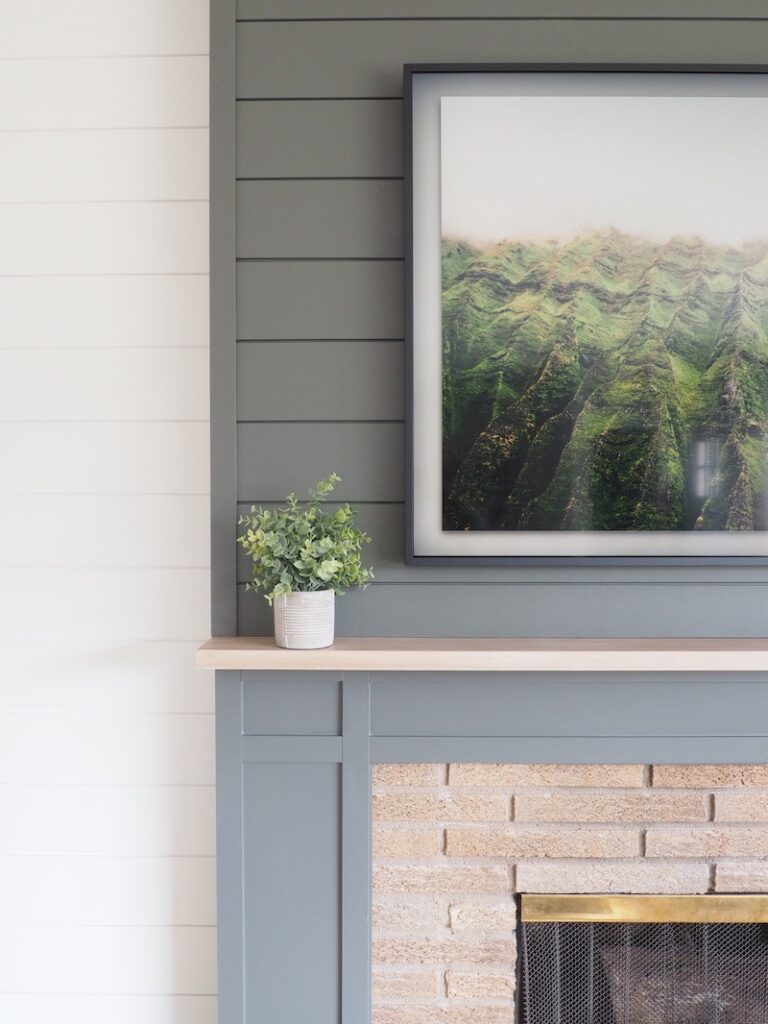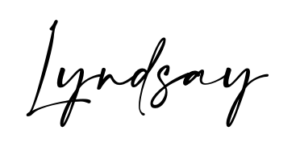If you have attempted to search for an Interior Design Style Guide you were most likely met with a very long, overwhelming, and exhaustive list of styles.
We are always on a mission to simplify design and provide clarity, so we narrowed down the most prevalent styles that are the most common inspirations for our projects and clients.
In this post, we share our Interior Design Style Guide to help you easily navigate and discover (or discover more!) about your design style.
Before we start, we remind you that you don’t have to pick just one! There are elements in each style that play well together and make for a beautiful and uniquely tailored-for-you space. Let’s explore!
Traditional
One word comes to mind when thinking of Traditional interiors, timeless. Traditional design incorporates historical design elements from the 18th and 19th centuries and is largely inspired by England and Europe.

This style incorporates unique one-of-a-kind pieces and Antiques which we anticipate being a prevalent 2024 Interior Design Trend.
What else can you expect from this style? A sense of calm created by orderly furniture layouts and architectural symmetry.
In addition, this style incorporates warm tones which create a welcoming and lived-in feeling.
Many people anticipate Traditional interiors to be stuffy, unlivable, and expensive but when done right they can be quite the opposite. We love how rooted this interior design style is in its historical influences and the elegance it invokes.
Glam
Glam is all about luxury, sophistication, and shimmer.
This style incorporates metallic accents like nickel, brass, silver, and gold to add sparkle as well as reflective elements like mirrors to add opulence and depth.
The Glam interior design style pays meticulous attention to detail, and furniture pieces are often chosen for their sculptural and statement-making qualities.
Fabrics like velvet, satin, and silk are commonly used to add another layer of luxury and sophistication.
Glam interior design is a celebration of extravagance, offering a bold and glamorous escape from the ordinary.

Mid-Century Modern
Mid-Century Modern emerged in the mid-20th century following the Second World War as an interior design style characterized by minimal ornamentation, and sleek lines contrasted by organic shapes.
The style was a departure from the more ornamentally focused styles preceding it and was targeted towards the American family increasing the popularity of the style in America’s suburbs.
The colour palette of the 1940s incorporated teal, turquoise, lime, pink, and yellow which later evolved into the 1960s palette of olive, khaki, mustard yellow, and burnt orange.
Many famous Mid-Century Modern design classics including Eames Lounge Chairs, Arne Jacobsen Egg Chairs, Saarinen Dining Tables, and Nelson Bubble Lamps were born and are still adored today.
Mid-Century Modern interiors are defined by raw materials that embrace the outdoors, wood, functionality (the central tulip base of the Saarinen Dining Table was designed to allow more chairs to fit around the table) and open floor plans.
There is so much to love about the Mid-Century Modern style from the 1960s palette to the famous design classics, can you tell this is one of our faves?

Modern
Modern design emerged in the early 20th century with origins traced to Bauhaus and Scandinavian design and influence from the Modern Art Movement.
This style is often mistaken for contemporary design however, Modern design refers to a specific period from the early to mid-20th century while Contemporary design does not denote a specific period but rather reflects the design trends of the present day.
The Modern interior design style is characterized by clean lines, a monochromatic palette, and is simple and unadorned.
Modern spaces celebrate structural elements like beams, natural materials, and natural light.
The intentional simplicity and embrace of natural materials will forever make this interior design style one of our favourites.
Modern Farmhouse

The Modern Farmhouse style is the marriage of a traditional farmhouse with contemporary design elements, furniture, and color schemes. This style feels warm, cozy, and liveable but up to date.
A design in this style incorporates reclaimed wood, architectural salvage, wrought iron accents, wide plank floors, and carefully curated vintage accessories – it expertly marries the old with the new.
The base colour palette is neutral and layers in colors inspired by nature like blues, greens, and softer hues.
Texture is incorporated through natural wood finishes, wool, and linens.
We love this style as it balances beautiful design with comfort and liveability.
Coastal

The Coastal style is characterized by a relaxed, oasis-like vibe and incorporates textures found along coastlines like natural woods.
The use of natural textures such as jute, rattan, and linen add a tactile element reminiscent of beachcombing treasures.
Interiors in this style feature a soothing color palette of crisp whites and light blues.
The overall result is a space that exudes a casual elegance, inviting residents and guests to unwind in a tranquil setting that captures the essence of coastal living.
Minimalist
Minimalist interior design is a design philosophy that embraces the concept of “less is more,” focusing on simplicity, functionality, and a clean aesthetic.

This style seeks to create spaces with a sense of openness and tranquillity by eliminating unnecessary elements and clutter.
Neutral color palettes, predominantly white, gray, and beige, contribute to a calming atmosphere, while simple geometric shapes and clean lines define the furniture and architectural elements.
Minimalist interiors celebrate the beauty of space, allowing each element in the room to stand out and create a visual impact.
This design approach not only enhances the visual appeal but also promotes a sense of mindfulness and simplicity in daily living, making it a popular choice for those seeking a modern and uncluttered home environment.
Maximalist
Meet Minimalists opposite, Maximalist. this interior design style embraces a more-is-more philosophy.
Unlike its Minimalist counterpart, Maximalism celebrates vibrant colors, diverse patterns, and an eclectic mix of furnishings to create spaces that are visually rich and opulent.

The palette is often diverse and includes jewel tones, metallic accents, and bold prints.
It’s a style that encourages self-expression, allowing individuals to showcase their personality and interests through a kaleidoscope of design choices.
We anticipate the Maximalist interior design style to be a prominent 2024 Interior Design Trend as we move away from copy-and-paste, safe design and towards interiors infused with personality and character.
Industrial
The Industrial interior design style is inspired by factories and manufacturing and has been increasingly used as inspiration for both residential and commercial spaces.

This design style embraces exposed structural elements such as brick walls, steel beams, and concrete floors, highlighting the building’s industrial origins.
The color palette is rooted in neutral tones, including grays, blacks, and browns, contributing to an authentic and rugged atmosphere.
Large, open spaces are favoured, and functional items like metal shelving, factory-style lighting, and exposed pipes are incorporated to maintain an industrial edge.
The beauty of the Industrial interior design style lies in its ability to merge the rough with the refined, resulting in spaces that are both edgy and sophisticated.
Scandinavian
The Scandinavian design movement emerged in the early 20th century and flourished throughout Nordic countries. The design movement received international recognition and popularity in the mid-20th century.

The Scandinavian design movement introduced the concept of Democratic Design – the idea that products should not be reserved for the wealthy but available to everyone.
This interior design style is rooted in the design philosophies of simplicity, functionality, and harmony with one’s environment.
Scandinavian design is characterized by clean lines, neutral color palettes, and a focus on natural light.
White and light tones dominate the color scheme, enhancing the sense of brightness and openness within the design.
The result is a harmonious blend of simplicity, elegance, and comfort that reflects the design movement’s commitment to well-designed, livable spaces.
Interior Design Style Guide Wrap-Up
Whether you gravitate towards the understated elegance of Minimalism, the vibrant opulence of Maximalism, or any other style in between, the beauty of interior design lies in its ability to transform spaces into reflections of personal taste and lifestyle.
Here at Lyndsay Bragg Design, we believe the key is to create a space that resonates with you and balances comfort, beauty, and a sense of home.
Until next time!

Do you need help defining your unique Interior Design Style? Get in touch with us to begin crafting a space that represents and supports you.


